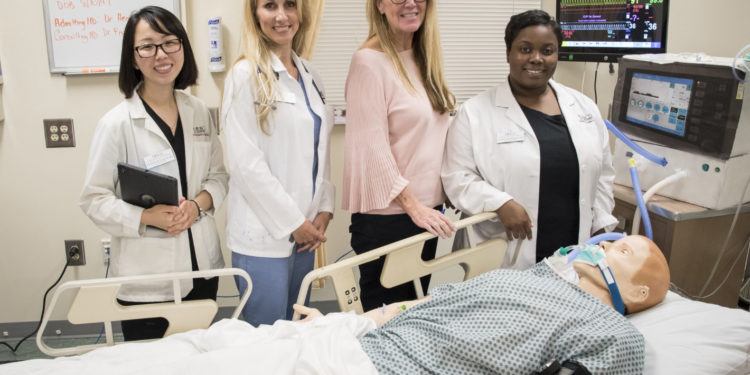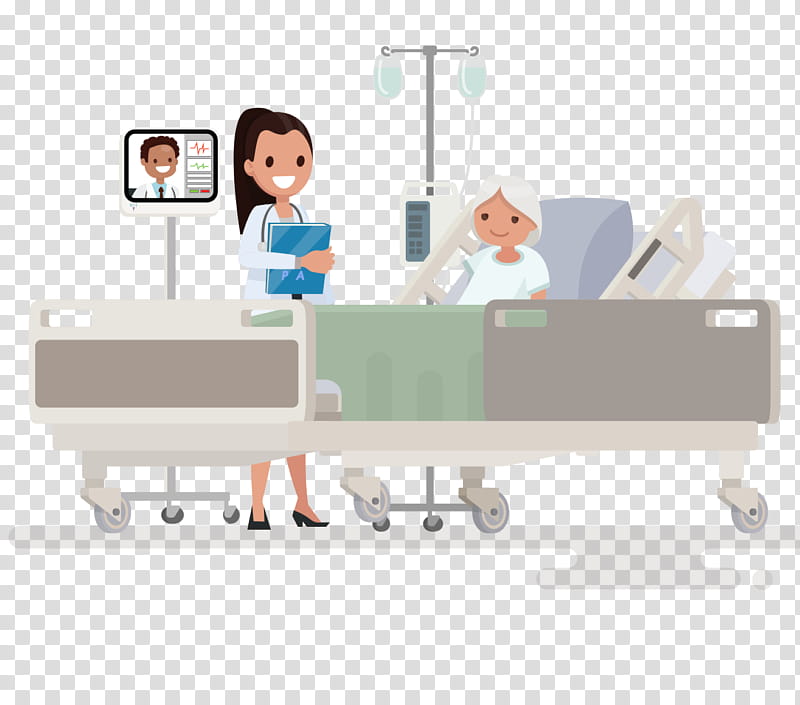Prescribing for Children and Adolescents Comprehensive Nursing Essay Example
Generalized Anxiety Disorder (GAD) is a chronic illness that often begins during childhood and early adulthood. The disorder inflicts individual, economic, and societal costs. If untreated, GAD leads to secondary mental health conditions such as MDD and other anxiety disorders while increasing suicidal risks. However, pharmacological and psychotherapy interventions are vital to managing the condition. This paper discusses one FDA-approved, off-label, and non-pharmacological intervention to treat GAD. It will also describe the risk assessments and benefits of selected options while describing potential clinical guidelines for the disorder.(Prescribing for Children and Adolescents Comprehensive Nursing Essay Example)

The first-choice medications used to treat GAD in children are Selective-Serotonin Reuptake Inhibitors (SSRIs) and Serotonin-Norepinephrine reuptake Inhibitors (SNRIs). Duloxetine (50mg/day) is one FDA-approved SNRI drug used to treat anxiety in children aged 7-19 (Dwyer & Bloch, 2019). SNRIs like Duloxetine are among the most effective drugs to treat anxiety and function by increasing the norepinephrine amount in the brain responsible for regulating mood. Buspirone is an FDA-approved add-on medication but has been linked with better outcomes among adults than children and adolescents (Thom et al., 2020). FDA-approved drugs are beneficial as CDER has reviewed them to ensure that the benefits outweigh the risks for intended patients (Walter et al., 2020).(Prescribing for Children and Adolescents Comprehensive Nursing Essay Example)
Nonetheless, imipramine is a suitable off-label drug for treating anxiety among children and adolescents. The medication belongs to the tricyclic antidepressants medications class that raises norepinephrine and serotonin levels in the brain to improve and maintain a mental balance. Off-label drugs benefit patients and target diverse health conditions; for instance, an off-label drug may target different tumors for patients receiving chemotherapy. However, the drugs may pose immense patient side effects, which providers should consider beforehand.(Prescribing for Children and Adolescents Comprehensive Nursing Essay Example)
Besides pharmacological treatments, Cognitive Behavioral Therapy (CBT) is a type of psychotherapy that treats GAD in children and adolescents. Cognitive Behavioral Therapy is a gold standard and efficient treatment for GAD. The treatment may consist of 12-18 one-hour sessions to identify and change problematic thinking and behavioral patterns that manage children and adolescents with GAD symptomatology (Peggs et al., 2022). During CBT, the clinicians introduce and offer opportunities for children and adolescents to practice skills and assign homework for more refinement and skills acquired generalizations outside the session. As such, the developed cognitive skills help children and adolescents with anxiety by developing awareness about maladaptive thought patterns to adopt and develop realistic and helpful thinking. Cognitive behavioral therapy repeatedly and gradually exposes the children to feared stimuli to promote new learning and reduce avoidance during behavioral training.(Prescribing for Children and Adolescents Comprehensive Nursing Essay Example)
Before deciding the treatment, the risk assessment should include determining the child’s age, presenting symptoms such as degree of anxiety and duration, and significant medical history. The side effects of the used drugs should also be determined. SSRIs and SNRIs have varying side effects among children. The effects are relatively mild compared to other medications and may range from nausea, vomiting, drowsiness, and insomnia (Walter et al., 2020). The medications also increase suicidal risks among young people, especially during the first week of treatment and changing the dosage. Most antidepressants take 2-4 weeks before onset to reduce the symptoms, while they are most effective in 8-12 weeks (Child Mind Institute, 2022). The dosage should be gradually increased to achieve maximum symptom reduction. The dosage should be continued for a year once the symptoms have subsided to prevent relapse.(Prescribing for Children and Adolescents Comprehensive Nursing Essay Example)
The DSM-5-TR offers updated diagnostic criteria and ICD-10-CM insurance codes for GAD and other mental health conditions. While there is no standard clinical guideline for GAD management in children and adolescents, psychotherapy interventions such as CBT are generally used to manage mild and moderate anxiety. Thus, pharmacological treatment is recommended to treat severe GAD. As mentioned, SSRIs and SNRIs are first-line drugs to treat the disorder. Of importance, a combination of pharmacological and psychological intervention improves health outcomes. Walter et al. (2020) assert that pharmaco-psychotherapy interventions with CBT and SSRI medication, such as Duloxetine, are safe and effective in managing GAD among children and adolescents. Additionally, Serotonin-norepinephrine reuptake inhibitor medication also improves health outcomes. Therefore, clinicians should adopt efficient, safe, cost-effective interventions for managing GAD among children and young adults.(Prescribing for Children and Adolescents Comprehensive Nursing Essay Example)

Conclusion
Generalized Anxiety Disorder (GAD) inflicts individual, economic, and societal costs. When untreated, the disorder can lead to secondary mental health conditions such as MDD and other anxiety disorders while increasing suicidal risks. Clinicians should assess the risk and benefits of interventions before using them. Pharmacological treatment through FDA-approved drugs such as Duloxetine can be used among children and adolescents. Imipramine is a suitable off-label drug, while CBT is a psychotherapy technique to manage the symptoms. However, combining psychotherapy and pharmacotherapy has improved outcomes for patients with GAD.(Prescribing for Children and Adolescents Comprehensive Nursing Essay Example)
References
Child Mind Institute (2022). Guide to Medications for Anxiety in Children. (Prescribing for Children and Adolescents Comprehensive Nursing Essay Example)https://childmind.org/article/medications-for-anxiety-in-children/
Dwyer, J. B., & Bloch, M. H. (2019). Antidepressants for pediatric patients. Current psychiatry, 18(9), 26. (Prescribing for Children and Adolescents Comprehensive Nursing Essay Example)https://www.ncbi.nlm.nih.gov/pmc/articles/PMC6738970/
Pegg, S., Hill, K., Argiros, A. (2022). Cognitive Behavioral Therapy for Anxiety Disorders in Youth: Efficacy, Moderators, and New Advances in Predicting Outcomes. Curr Psychiatry Rep 24, 853–859. (Prescribing for Children and Adolescents Comprehensive Nursing Essay Example)https://doi.org/10.1007/s11920-022-01384-7
Thom, R. P., Keary, C. J., Waxler, J. L., Pober, B. R., & McDougle, C. J. (2020). Buspirone for the treatment of generalized anxiety disorder in Williams syndrome: a case series. Journal of Autism and Developmental Disorders, 50, 676-682. doi: 10.1007/s10803-019-04301-9(Prescribing for Children and Adolescents Comprehensive Nursing Essay Example)
Walter, H. J., Bukstein, O. G., Abright, A. R., Keable, H., Ramtekkar, U., Ripperger-Suhler, J., & Rockhill, C. (2020). Clinical practice guideline for the assessment and treatment of children and adolescents with anxiety disorders. Journal of the American Academy of Child & Adolescent Psychiatry, 59(10), 1107-1124. (Prescribing for Children and Adolescents Comprehensive Nursing Essay Example)https://doi.org/10.1016/j.jaac.2020.05.005

